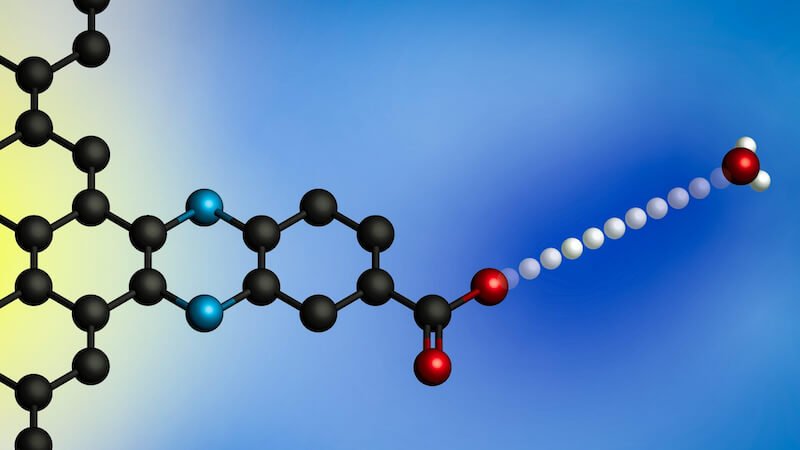
Researchers from the Massachusetts Institute of Technology (MIT) recently succeeded for the first time in showing proton transfer on an electrode surface in detail. Their results could be the key to more efficient fuel cells and batteries.
There are still unresolved problems in the context of the energy transition. Will future batteries still be based on lithium-ion technology? How can efficient fuel cells be developed? And: Are there perhaps other alternatives in terms of power supply?
More and more researchers around the world are asking themselves these and many other questions. Scientists at the Massachusetts Institute of Technology (MIT) have uncovered the secrets of proton transfer in a recently published study. This is a crucial step in many energy technologies, such as the development of fuel cell technology and electrolyzers for the production of hydrogen gas.
The team recorded in detail how proton-coupled electron transfers occur at the surface of an electrode. These findings could help develop more efficient fuel cells, batteries and other energy technologies.
Proton transfer: Improved fuel cell technology possible
The researchers developed a model for the chemical reactions of proton-coupled electron transfer by using electrodes with pre-molecularly defined proton binding sites. The team led by Yogesh Surendranath, professor of chemistry and chemical engineering at MIT, primarily focused on understanding the coupling of electrons and protons at a surface location.
The scientists were able to closely monitor how changes in the pH of the electrolyte solution surrounding an electrode affect the speed of proton movement and the flow of electrons within the electrode. But there were also some challenges.
For example, electrode surfaces are usually very heterogeneous. So the MIT team developed a method to design electrode surfaces that gave them much more precise control over the composition of the electrode surface.
Different pH value causes different reaction
Their electrodes consist of graphene sheets with organic, ring-shaped compounds on the surface. A negatively charged oxygen ion is attached to each connection. This ion can absorb protons from the surrounding solution.
The results show that the pH of the surrounding solution has a significant influence on the transfer rate. The highest rates occurred at the extreme ends of the pH scale – pH 0, the most acidic, and pH 14, the most basic. The team then developed a model based on two possible reactions that could occur at the electrode to explain these results.
This discovery could reshape the way we look at fuel cells and batteries. This should make the technologies safer and more efficient. The results of the study could also help achieve long-term improvements that reduce the risk of overheating and thermal runaway, thereby representing a significant advance in the development of energy storage and conversion technologies.
Also interesting:
Source: https://www.basicthinking.de/blog/2024/02/17/brennstoffzellen-technologie/


